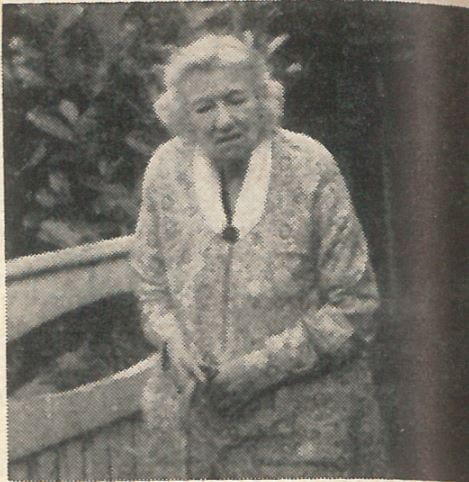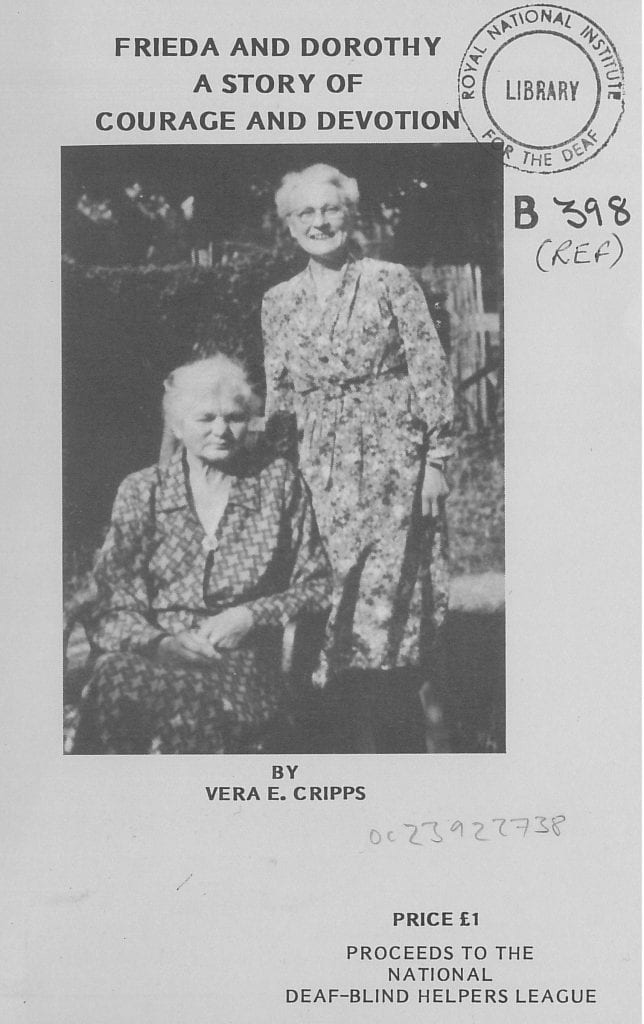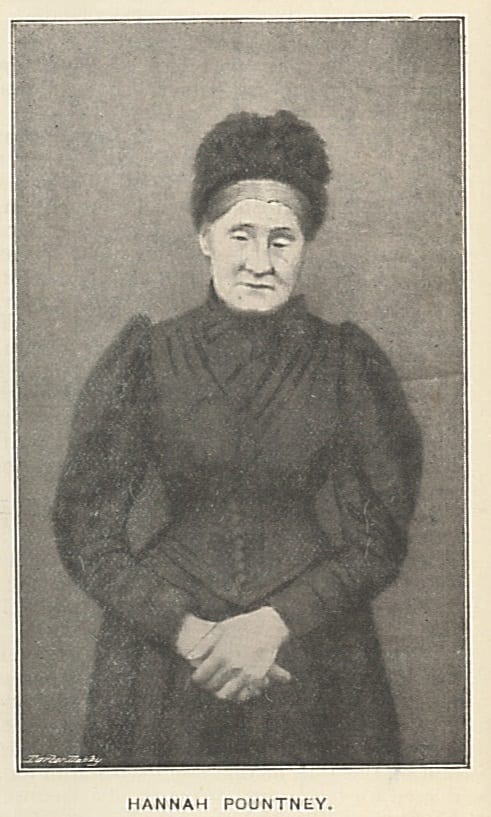Kathleen Trousdell Shaw, sculptor (1865-1958)
By H Dominic W Stiles, on 26 April 2019
Kathleen Trousdell Shaw was born in Edmonton, Middlesex, in 1865, daughter of a doctor Alfred Shaw, who was at the time working in London. According to her the Silent World article, she was brought up in Ireland, where the family was from, when she was a child. The story related in that article, is that when she was nine she was ‘enthralled’ watching a stonemason carve the lettering for her grandmother’s tombstone in the churchyard (where it does not say), and the mason gave her some stone and two chisels so that she could try carving herself. Her talent was sufficiently remarkable that she was sent to Dublin Art School aged ten. The article on her from Freeman’s Journal, says, “There is a gruesome poetry about the picture, a tiny soft-lipped child stands by and gravely watches a man engaged upon work of the significance of which she is utterly unconscious.”
She gained medals and prizes and when fifteen years old managed to collect £25 with which she went to Paris and joined her elder sister in a tiny flat in the Quartier Latin. To her great joy she was accepted as a student at the Ecole des Beaux Arts, where there were no fees, and where she could study under the most eminent French artists and sculptors.
At seventeen she returned to Dublin where she did a few portrait busts, including one of Prince Edward of Saxe-Weimar, but before long she was travelling again, having won a scholar-ship of £200 for two years. This enabled her to carry out her ambition of going to Rome where she attended the studio of M. Charles Desvergne and led a pleasant life among the artists and critics, besides meeting young people of her own age at parties and dances.
[…] From the age of thirty she was stone deaf. She returned for a time to London, and worked in Julian’s studio and in the British Museum, when she got the chance of going to Athens with her friend, Miss Venning.* They went in a French ship and she made a medallion portrait of the French captain which delighted the sailors. ‘C’est lui-meme,’ they said, ‘It is he himself’.
In Athens the British Ambassador befriended them and used to take them out in his yacht to visit some of the beautiful islands, and Miss Shaw did several portraits of diplomats and some of lovely Greek children. When she returned to England she lived for a time at Knutsford in Cheshire, doing portrait busts both in bronze and marble and exhibiting in the Royal Academy. One of the Duchess of Buckingham in marble was specially admired. Later in London she made busts of Lord Avebury, the beautiful Countess Annesley and many distinguished people, which were exhibited at the Royal Academy and in the Paris Salon. […]
Her work was recognized and honoured when she was made a Member of the Royal Hibernian Academy in 1907. She was the first woman sculptor to be made a member of any Royal Academy in the British Isles. (James, p.266-7)
According to the 1901 census, Shaw saw at that time living in York Street Chamber, Marylebone, a near neighbour being Rosamond Venning. These chambers were “The York Street Chambers were built in 1892 to house single professional women and the tenants were principally artists, authors, nurses.” It would possibly be useful to anyone trying to uncover more about Shaw, to have a look at what records survive – it might for example tell us how long she was there.
It seems that Venning was involved in the suffrage movement as can be seen from a letter in the Women’s Library Archive. By the time of the 1911 census, they were living together in 13 Belsize Park Gardens, and Shaw is described as Venning’s adopted daughter. Their friendship must have begun much earlier, for the article says ‘until she was thirty she could just hear the voices of two people, her mother and her friend Miss Rosamund [sic] Venning’ (p.266). As she made a relief of Venning in 1892, they must have been acquainted at least no later than that.
She lived with Rosamond at Pitt Cottage, Cadmore End, Buckinghamshire, in the 1920s, during which period she lost her sight, and when Rosamond died she left her estate to Kathleen.
Kathleen Shaw died on the 30th of June, 1958, in Amersham Hospital.
 Among her work is the bust of Archbishop Alexander, husband of the Deaf hymn-writer, Fanny Alexander, in Armagh Cathedral, and the Armagh war memorial. A war memorial font cover in Cadmore Church, with a silver figure, was made with gifts of silver from villagers. Also, she made a monument to two Venning ancestors at Totnes.
Among her work is the bust of Archbishop Alexander, husband of the Deaf hymn-writer, Fanny Alexander, in Armagh Cathedral, and the Armagh war memorial. A war memorial font cover in Cadmore Church, with a silver figure, was made with gifts of silver from villagers. Also, she made a monument to two Venning ancestors at Totnes.
How tragic that blindness cut short her career.
This reference gives a long list of here work –
*Venning seems to have been an antiquarian – see https://archive.org/stream/annualreportamern115amer/annualreportamern115amer_djvu.txt and also https://en.wikisource.org/wiki/Page:Folk-lore_-_A_Quarterly_Review._Volume_5,_1894.djvu/366.
James, The Honorable Mrs. B.R., Kathleen Trousdell Shaw, Silent World, 1954, p.266-7
1901 Census – Class: RG13; Piece: 111; Folio: 158; Page: 39
1911 Census – Class: RG14; Piece: 609
Ancestry.com. Ireland, Select Marriages, 1619-1898 [database on-line].
Freeman’s Journal – Tuesday 01 May 1894, p.6
Pall Mall Gazette – Saturday 06 April 1895, p.3
Villagers Humble Gifts, Yorkshire Evening Post – Saturday 24 April 1920 p. 6
Western Times – Monday 14 April 1902, p.2
 Close
Close






